
Today security is the biggest problem that many IT professionals face, Linux is the best Operating system to apply the DevOps practices. Moreover, since Linux is a free open-source operating system many starters prefer this platform. Prior to getting deeper into the DevOps principle, it is advisable to have the basic knowledge of Linux commands. So in this DevOps tutorial let us discuss the basic Linux commands that are essential to apply the DevOps principles. So lets its start with the definition and then move forward.
What is Linux?
Linux is a Unix like Open source operating system for computers, servers, mainframes, mobile devices as well as the embedded devices. Linux is one of the most widely supported operating systems on major computer platforms like X86, ARM as well as the Sparc.
Since today many people, use the GUI based Windows Operating System, it is necessary to create the Linux Environment to execute the commands. And it is not suggestible to use a separate device for the separate environment. Besides removing the current environment and creating a new process is not a good way of environment creations And dual boot system may not work in all the system (requires the high configuration) and slows down the system performance. So at the moment, Virtual machines are the best platforms to create Linux environments.
Learns can get the complete knowledge on Linux through Linux Training
This Linux has many flavors like Ubuntu, Fedora, Red Hat and so on. As a starter, we discuss the basic Linux commands through Ubuntu Flavour. As mentioned above, we will first create the virtual machine and then install Ubuntu on it
Since today people use the Windows Operating System, ill show you the VM ware installation in Windows systems. And it is most similar in other operating systems too.
Step-1:
Visit the following address and select your operating systems (Windows hosts)
https://www.virtualbox.org/wiki/Downloads\
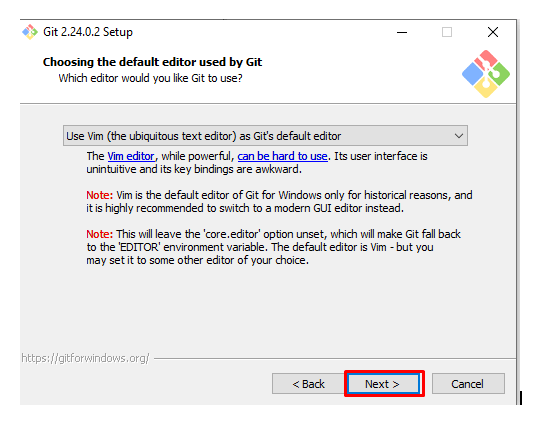
step- 2:
Once you select, you can see the .exe file download. Once downloaded, run the file and follow the steps as shown in the next steps.

step-3:
Click Next
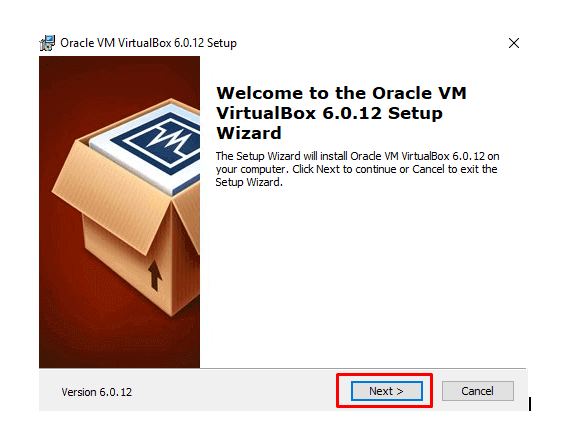
step -4:
check the software installation folder and change if required (You can leave as it is) and click on Next.
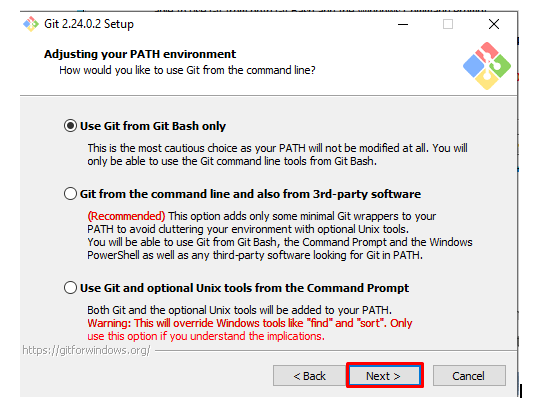
step-5:
Click Next

step -6:
Click Next
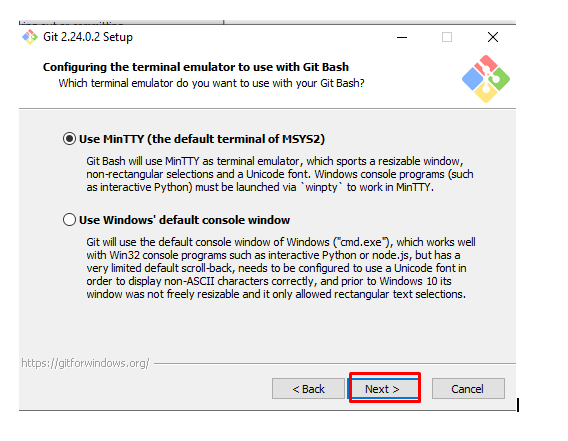
step -7:
Click Next
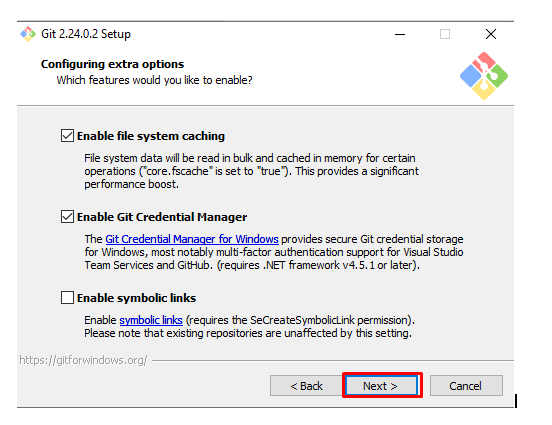
step- 8:
click Yes
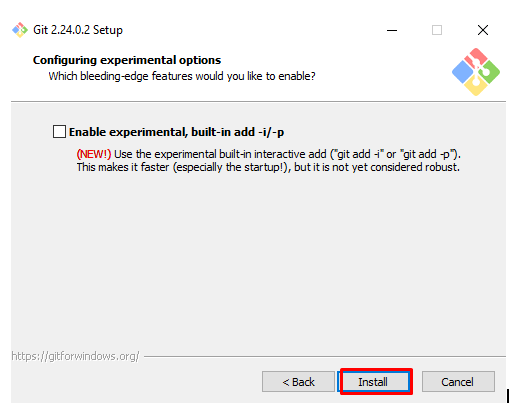
step- 9:
Click on Install
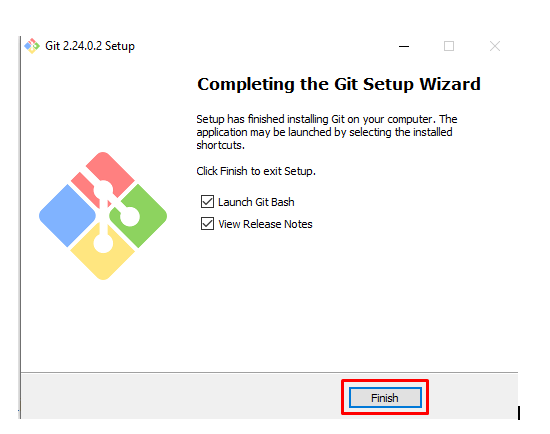
step - 10:
Click on Allow and then click on Install

step- 11:
Finally, click on Finish

So, I hope you people have installed the VM Ware in your local system.
Get more knowledge on VM ware through VMware training
Now its time to install the Ubuntu in this virtual machine
Ubuntu installation
Since we have installed the VMware in our machines, we will now install the Linux flavor Ubuntu on it.
step - 1:
visit http://releases.ubuntu.com/ and opt for the ubuntu version. I prefer 14.04.6/

step-2:
Select the desktop image with the required configuration(32-bit/ 64-bit) as shown below

step - 3:
Once downloaded, place the file in any folder and follow the steps as shown below (it usually 1 GB file and takes a bit time. so be patient while downloading)
step - 4 :
Open your virtual machine and click on New

step - 5:
Provide the Operating System name and the location that you want to install and click Next

step - 6 :
select the memory size and click on Next

step - 7
Click on Create

step - 8:
Click on Next

step - 9:
Click on Next

step - 10 :
Click on Create

step - 11:
Then you will be entering into the following screen

Step - 12:
In the above screen, click on settings

Step- 13:
Click on storage and click on + to add the image(Os file ) and click OK

step - 14:
Click on start and you will be entering into the following screen

step- 15:
Starters can check its options without the installation. And if they like the features, they can install the operating system. Since I like Os, I would like to install in this VM. SO click on install ubuntu

step-16:
Click Continue
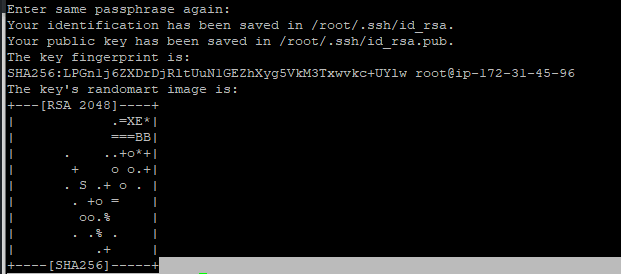
step- 17:
Click on Install now
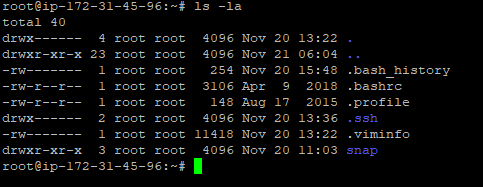
step- 18:
Click on Continue

step - 19 :
select the region that you are living and click on continue
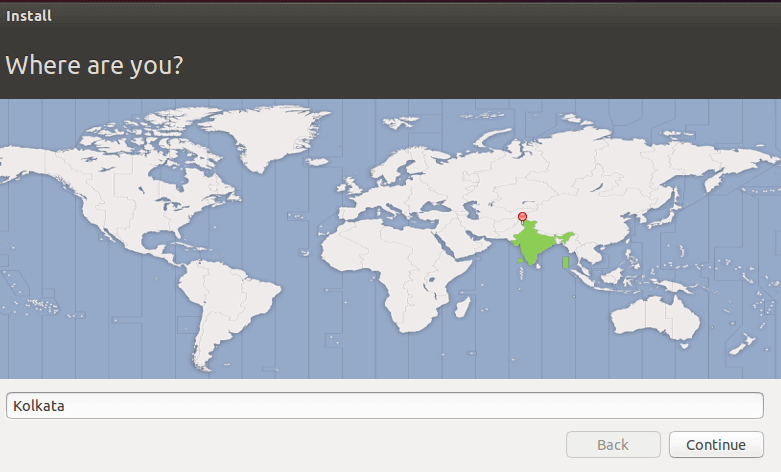
step- 20:
Then fill the login credential as per ur choice.

step -21 :
And finally, it asks you to restart the system. And Click on ok. Then you will be entering into the following screen
